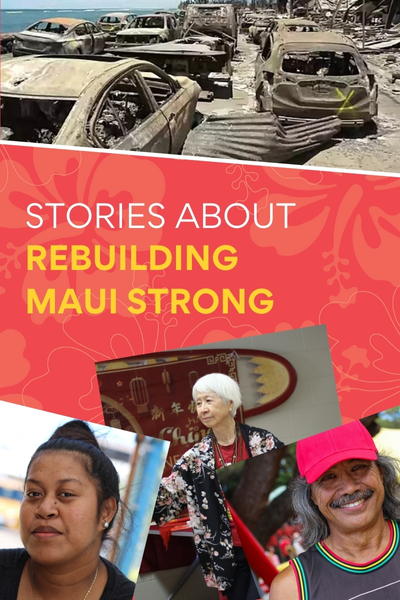By Mark Lee
Why should anyone care about another network drama with beach rescues and relationship soap operas? Because Rescue: HI-Surf, a 2024 FOX series set in Hawaii and streaming on Hulu, is a perfect example of how Hollywood uses the look of diversity to hide the reality of exclusion.
At first glance, the show appears progressive. It features Pacific Islander actors in major roles. It’s set in one of the most racially diverse places in the country. It sprinkles in Hawaiian culture and language.
But beneath that, it falls back on the same old pattern: the White male lead gets the central emotional arc, the action, and the romance. Pacific Islander characters are given more space than in most mainstream shows—but still often within limiting or stereotyped roles. And fully Asian characters? Entirely absent, in a place where Asians make up more than a third of the real-life population.
This isn’t about nitpicking one casting choice. It’s about naming a larger industry pattern of erasure—one that presents itself as progress but still centers whiteness while pushing everyone else to the edges.
The show’s main character, Will Ready (played by Adam Demos), is a White Australian lifeguard. He is the emotional and physical anchor of the series. He wins fights, carries the show’s romantic storyline, and stands at the center of the team dynamic. In a show set in Hawaii, the hero is once again White.
To be clear, Rescue: HI-Surf does include Pacific Islander actors in important roles. Kekoa Kekumano and Robbie Magasiva both portray lifeguards with authority and screen time. These are not background parts—they’re woven into the core cast. But the characters they play often reflect familiar limits: the impulsive one who gets in trouble, the tough older mentor with a troubled past, the one who needs to be reined in or redeemed.
They are present, but the storytelling still makes room for only one “alpha,” and that’s Will—the White lead.
Then there’s the glaring absence: not a single fully Asian main character. No Japanese, Filipino, Chinese, or Korean lifeguards. No background characters with meaningful lines. No nod at all to the massive, everyday presence of Asians in Hawaii.
At most, you’ll see mixed-race or racially ambiguous actors—but Hollywood seems unwilling to put a clearly Asian face at the center of the story, even in a place where Asian people are the largest racial group.
And this is where the industry line comes in: “It’s just business. We’re casting what sells.”
But is that true? The success of Asian-led projects like Beef, Crazy Rich Asians, Everything Everywhere All at Once, and Shang-Chi proves that when the storytelling is strong, audiences show up. People don’t reject Asian leads—they reject weak writing, tired tropes, and bland marketing.
So if viewers aren’t the problem, what is?
It’s the producers, directors, and casting decision-makers—still operating from the belief that White leads are “safe,” and Asian ones are “risky.” They say its what audiences want, but really, it’s about their own comfort. Their own biases. Their own unwillingness to break from the structure that has always centered whiteness.
What makes Rescue: HI-Surf so frustrating isn’t just that it does this—it’s that it pretends not to. The show presents itself as inclusive, while still maintaining a hierarchy about who matters most on screen.
It wants the praise of progress without the discomfort of real change.
If your show is set in Hawaii, reflect what Hawaii actually looks like.
If you say you care about representation, let it show in who gets to lead—not just who fills in the space around them.
And stop treating minimal inclusion like it’s some kind of gift.
And the irony? Rescue: HI-Surf hasn’t exactly taken off. With lukewarm ratings, mixed reviews, and limited buzz, it’s unclear whether the show will even be renewed. All the careful image management and surface-level gestures toward diversity didn’t make it a hit. They had the chance to do something bold—something that truly reflected the people and culture of Hawaii—but instead, they fell back on familiar casting choices and recycled tropes.
AsAmNews is published by the non-profit, Asian American Media Inc.
We’re now on BlueSky. You can now keep up with the latest AAPI news there and on Instagram, TikTok, Facebook, YouTube and X.
We are supported by generous donations from our readers and by such charitable foundations as the Robert Wood Johnson Foundation.
You can make your tax-deductible donations here via credit card, debit card, Apple Pay, Google Pay, PayPal and Venmo. Stock donations and donations via DAFs are also welcomed.


